One of the hardest tasks for a gardener during the winter is finding a way to keep their compost pile going.
For those who live in colder climates, it is hard enough to reach their compost pile. And even if they can, it is usually frozen solid.
Although there may not be a lot of outdoor materials to add, there are still a lot of usable kitchen scraps. After all, all of those holiday meals produce a lot of vegetable peels, egg shells and more!
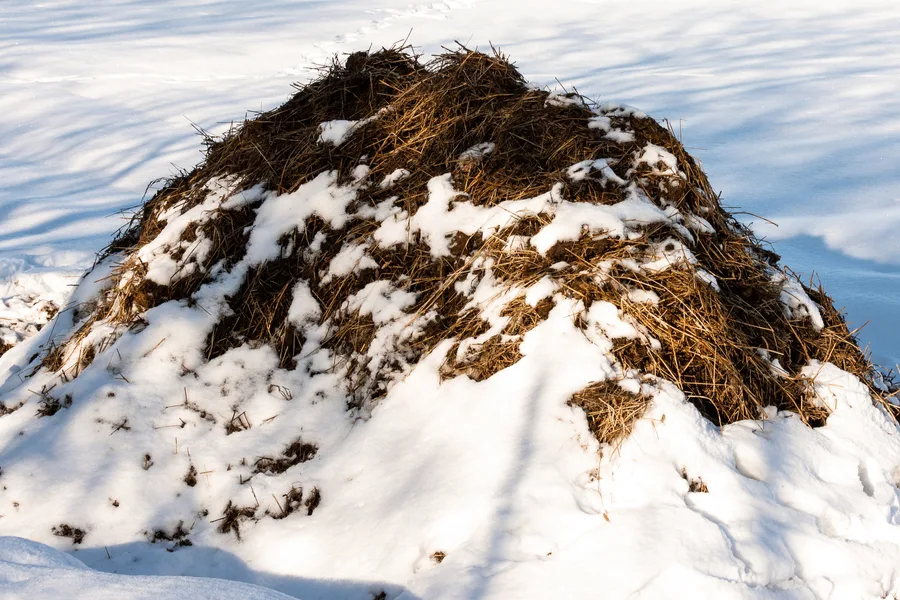
The Problems With Composting In The Winter
Composting in the winter is tough business. In the spring, summer and fall, piles are easy to maintain.
But as the temperatures drops, the organisms that help to decompose new materials go dormant. And the piles activity usually slows and eventually stops.
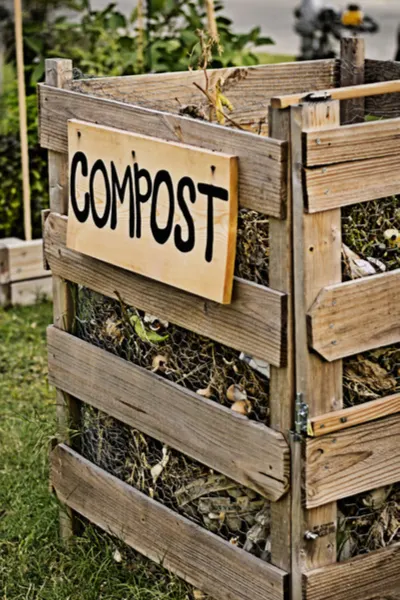
The good news is that the organisms bounce back to life as soon as the thermometer begins to rise. But in the meantime, as the pile stops producing heat, it freezes. And that can pose a few issues for sure.
And any kitchen scraps added to a frozen and dormant pile, assuming you can make it there, soon become fair game for a mountain hungry wintertime pests.
It can lead to an invasion from local pets, or raccoon, mice, possum and even rats. And no one wants that!
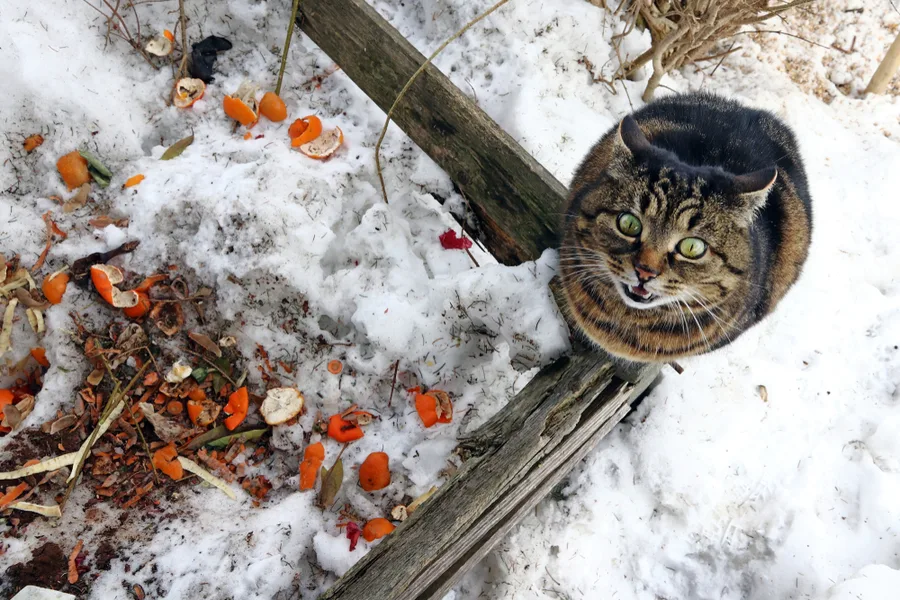
Unfortunately, for many, it means simply tossing all of those potential black-gold scraps into the garbage to avoid the mess and hassle all together.
But there really is a simple solution to keep composting in the winter. And all it involves is a simple 5 gallon bucket, and a tight-fitting lid.
Using 5 Gallon Buckets For Winter Composting
Once a main compost pile goes cold and dormant for the year, it is time to keep your composting efforts going with a 5 gallon bucket.
It is the perfect method to eliminate long, cold, and blustery trips to the compost pile. And, to keep from wasting all of those valuable scraps produced during the winter months.
5 Gallon Bucket Composting
Usually, a few buckets and lids is more than enough to get the average composter through the winter months.
Remember, the bucket is simply to capture all of those incredibly rich and nutrient filled kitchen scraps that usually get tossed in the winter. And not brush, leaves, or other large “dry” materials outside that can stand by til spring..
The most important part of all is to locate your new “compost bin” in an easy to reach location. A back porch, garage, or even nearby trash area. Whatever you do, the trick is to make it easy to access, and easy to use.
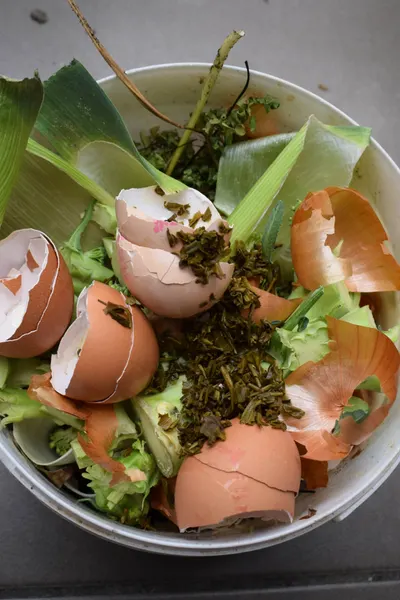
Begin each bucket by layering in a few handfuls of potting soil, saw dust or wood ashes into the bottom of the bucket. This will help to absorb any moisture as materials are added.
Chop Em’ Up
Before adding, chop up ingredients as finely as possible to conserve space. And don’t forget to add those coffee grounds and filters too! Then simply seal with the pop on lid to keep it all out of harms way. Product Link : 5 Gallon Lids – 10 pack
You will be amazed at how much you can actually keep in a single bucket. If needed, continue with several buckets until the weather allows you to make it to the pile.
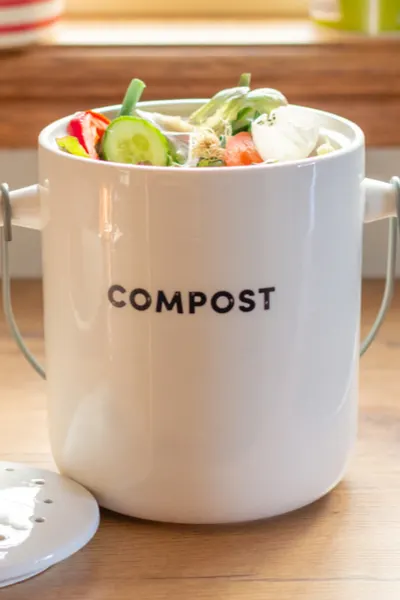
Come early spring, you will have a mountain of coffee grounds, crushed egg shells and diced vegetable scraps that will be ready to quickly power up and heat up your pile. It is far better than simply tossing them all away just because it’s cold!
Here is to saving all of those valuable kitchen scraps for your compost pile all winter long.
For more on composting, check out our article : The 5 Most Common Composting Mistakes.

This Is My Garden is a website dedicated to spreading the love and knowledge of gardening around the world. We publish two new garden articles each week. This article may contain affiliate links.
